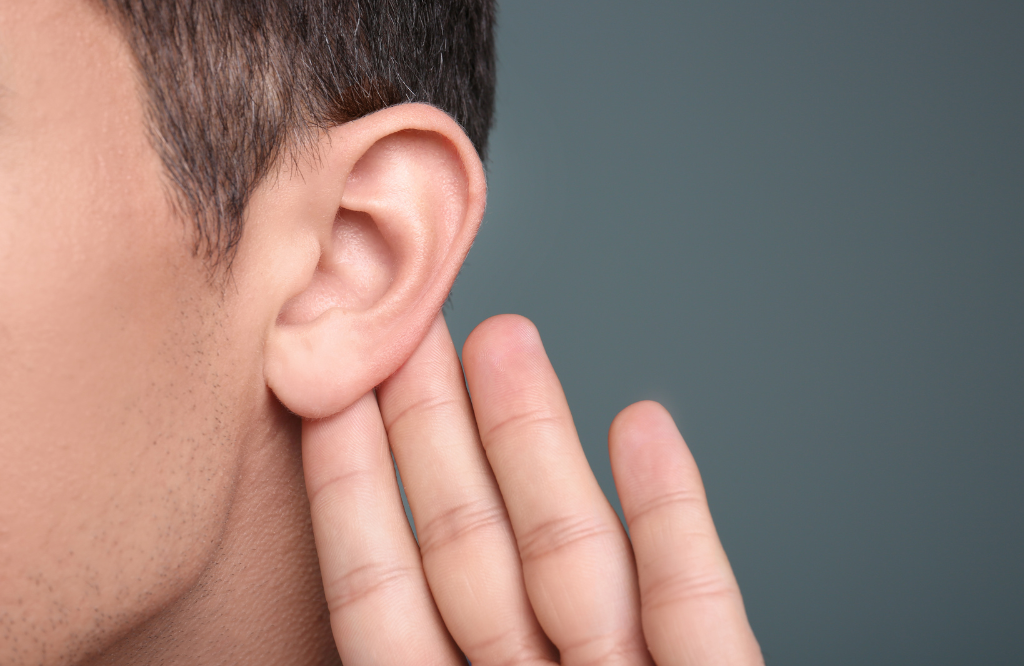Noise is a dangerous hazard that cannot be seen in many workplaces. It can very easily be forgotten as the dangers of chemicals, heavy machinery, and fire are constantly spoken about. The dangers of noise exposure are often overlooked. However, prolonged exposure to excessive noise can have serious consequences for the health, safety and productivity of each employee.
What is Noise Exposure?
Noise exposure refers to the amount of sound workers are subjected to over a given period. It’s measured in decibels (dB), with higher decibel levels meaning louder sounds. The National Institute for Occupational Safety and Health (NIOSH) has stated that they recommend noise exposures to all workers should be managed and kept at a level below or equal to 85 dB for eight hours to reduce the risk of hearing loss. Some workplaces, such as construction sites, manufacturing plants and some office settings, can produce dangerous levels of noise that exceed safe thresholds, posing significant health risks to all workers and the surrounding area.

The Health Risks of Noise Exposure
Hearing loss
The most well-known and direct impact of noise exposure is hearing loss. The prolonged exposure to loud sounds can permanently damage the small and delicate hair cells in the inner ear, leading to noise-induced hearing loss (NIHL). Unlike some workplace-related injuries, such as broken bones and sprains, hearing loss from noise exposure is irreversible. The loss is usually gradual, so symptoms can be missed easily.
Tinnitus
A common result of the prolonged exposure is tinnitus. The symptoms include ringing, buzzing, or hissing in the ears. Symptoms can be temporary after brief exposure to loud noises, but they can become a lifelong affliction when exposed to high levels for a prolonged amount of time.

Stress and fatigue
As well as affecting the ears, prolonged exposure also impacts mental and emotional wellbeing. Workers exposed to high levels of noise often experience increased stress and fatigue, both of which have been proven to reduce job satisfaction and lead to a decrease in productivity. Constant noise in the workplace can create a chaotic atmosphere and lead to disorders such as depression and anxiety.
Reduced cognitive function
Noise pollution can also damage cognitive performance. Because of the chaotic atmosphere that is created, employees can find it difficult to concentrate, retain information and process tasks efficiently. This can prove to be very dangerous in industries that require quick thinking and precision when it comes to safety, such as construction and laboratories.

Cardiovascular problems
Recent studies have shown that prolonged exposure to high levels of noise can contribute to cardiovascular issues. These include high blood pressure, heart disease, and strokes. Noise acts as a chronic stressor, triggering the body’s fight-or-flight response and keeping stress hormones elevated for extended periods. In time, this wears the cardiovascular system down.
Reducing the risks
Reducing the risks of noise exposure is vital when ensuring a safe and healthy workplace. One way of decreasing the risk of injury is by carrying out a noise risk assessment.
When conducting regular noise assessments, high-risk areas and equipment are identified and noise levels are measured throughout the facility. The areas where employees are most at risk are highlighted and action points are formed to minimise the dangers. The dangers of noise exposure have led to countless hearing-related injuries without a large number of victims knowing. High levels of noise can also cause nearby residents and other companies to complain and one way to combat this is to have a noise risk assessment in place.

